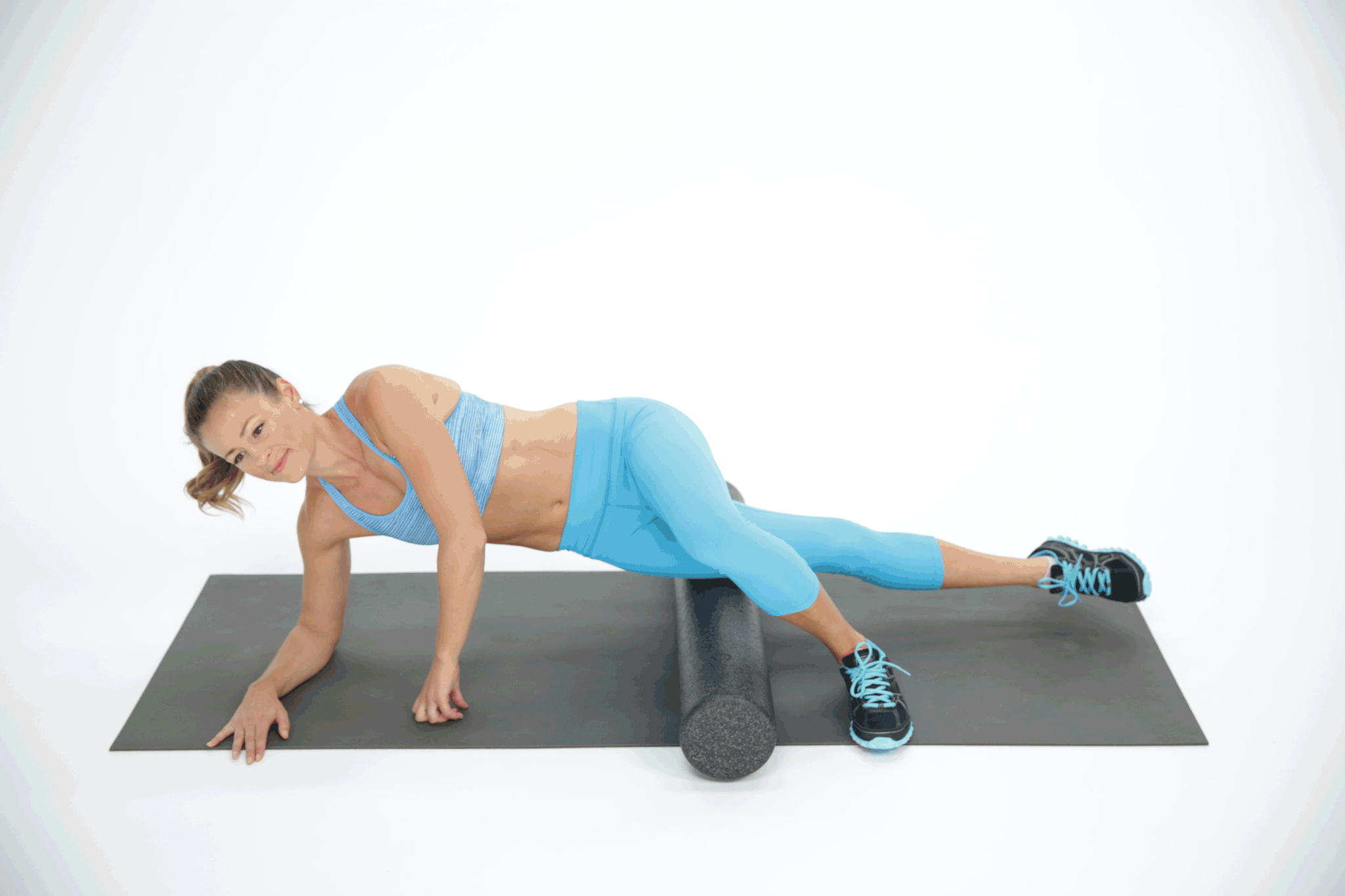5 Ways to Improve Soft Tissue Function

Soft tissue injuries can be so frustrating and annoying! While I wish I wasn’t speaking from experience, but my left calf and Achilles’ have a different story to tell.
Whether you enjoy running, lifting weights, cycling, swimming, a combination of those, or something completely different, it is often a soft tissue injury that causes missed training time, missed goals, and frustration!
Here are 5 ways to improve your soft tissue function and continue to chase down your fitness goals!
1. Foam Rolling
Foam rolling can be incredibly effective, when done properly and intentionally instead of absent-mindedly going through the motions just to check the box. Our chiropractors frequently give out foam rolling as part of a home care plan. We are careful and intentional to go over exactly how we want specific foam rolling techniques performed.
You should start with longer, less aggressive sweeps and gradually work into targeting a particularly “angry” area in the muscle. Simply diving right in, full force to already inflamed muscle can have the exact opposite effect of what you are trying to accomplish. We often incorporate movement into the foam rolling as well. A few well-placed pin-and-glides with a foam roller can be very effective at loosening up a tight muscle and improving soft tissue function.
For a more detailed description of our foam rolling recommendations check out this blog post.
2. Stretching
Stretching is another great way to keep your soft tissues performing at its best. Static stretching has gotten a bad reputation and it’s effectiveness can be up for debate. We recommend a more active, dynamic stretching than simply holding the muscle in a lengthened position. A technique that we use frequently in our treatment sessions is called Post-isometric Relaxation or PIR.
With PIR stretching, muscle is taken to a position of very light stretch initially. A light muscle contraction of 10-15% maximum strength is applied and held for approximately 10 seconds. The muscle is then relaxed and a little more stretch is applied over 5-10 seconds. This process is repeated 3 to 5 times until a full range of motion and strong, yet comfortable, stretch is felt.
3. Progressive Tissue Loading
The number one reason we see a soft tissue injury in the clinic is due to exceeding tissue load tolerance. Simply stated the soft tissue as been loaded “too much, too soon”. This can be lifting too frequently or too heavy, running or cycling too far or too fast, or performing a repetitive movement too often. The key is that it is before the tissue is ready to handle that amount of load.
A progressive and gradual increase in loading with an appropriate cycle allows for recovery and rest. This helps tissue adapt to increased training without surpassing the breaking point where injury occurs.
4. Eccentric Exercises
Most workout routines focus heavily on concentric exercises. A concentric exercise involves the muscle fibers shortening as the muscle engages or contracts. An eccentric exercise involves the muscle fibers lengthening as the muscle engages. This type of exercise is remarkably effective at treating tendinopathies such as Achilles’ tendinitis, medial epicondylitis, or lateral epicondylitis. It can also be very helpful for reducing muscle tension before the constant strain on the tendon leads to a chronic inflammation.
We posted several eccentric exercises on our YouTube channel for the calf muscle and Achilles’ tendon. In addition, videos for the wrist extensor muscles and lateral epicondyle, the wrist flexor muscles and medial epicondyle, and the hamstrings are available. If you know a particular muscle group or tendon often gives you problems, regularly performing an eccentric exercise for that group is a great way to reduce muscle tension and improve tendon function.
5. Soft Tissue Prehab
Routine tune-ups for your soft tissue, much like dentist appointments or spinal adjustments, are an important way to keep your soft tissue functioning at it’s best. Our chiropractors offer a wide array of treatments including Graston Technique, manual myofascial release, and myofascial cupping therapy.
This video highlights the differences between the application of our soft tissue treatments. Additionally, it describes why we may choose one technique over another with different patients, areas of the body, or diagnoses.
 262-373-9168
262-373-9168




